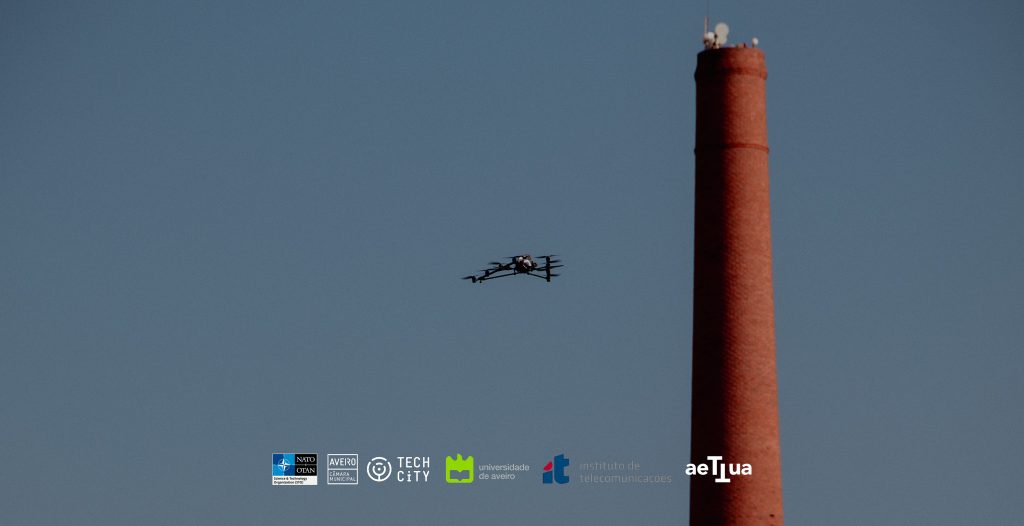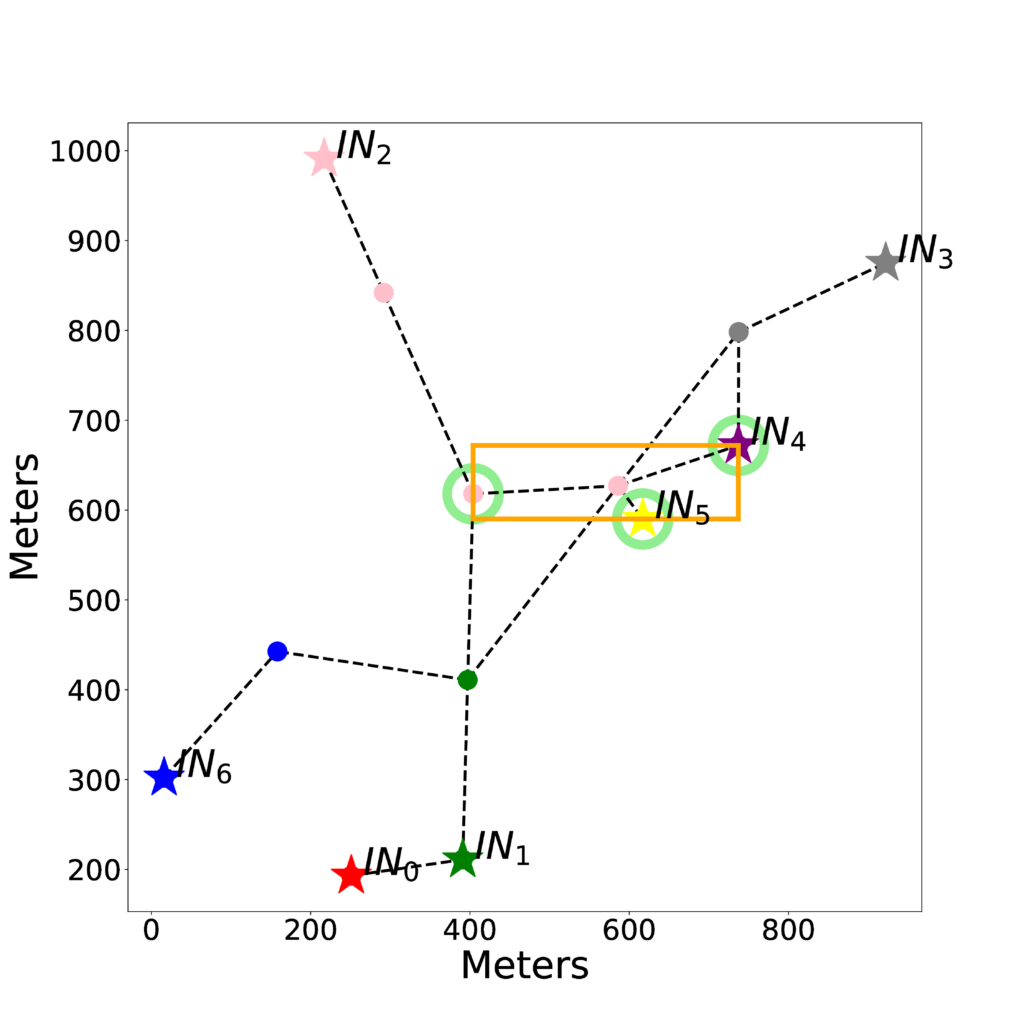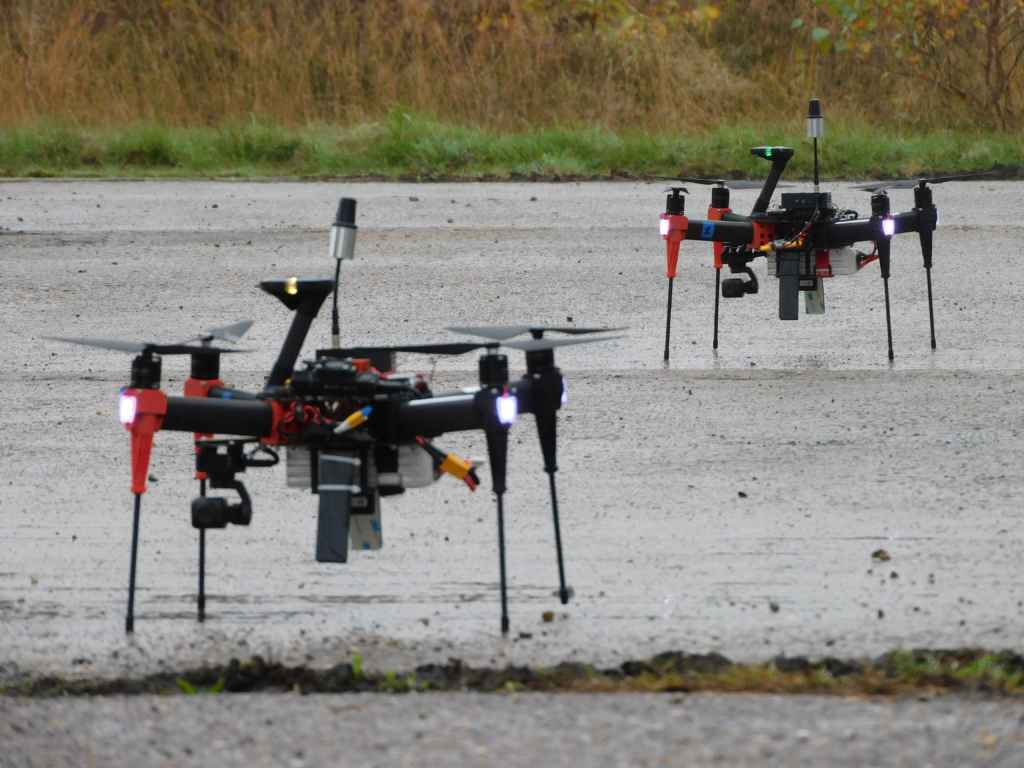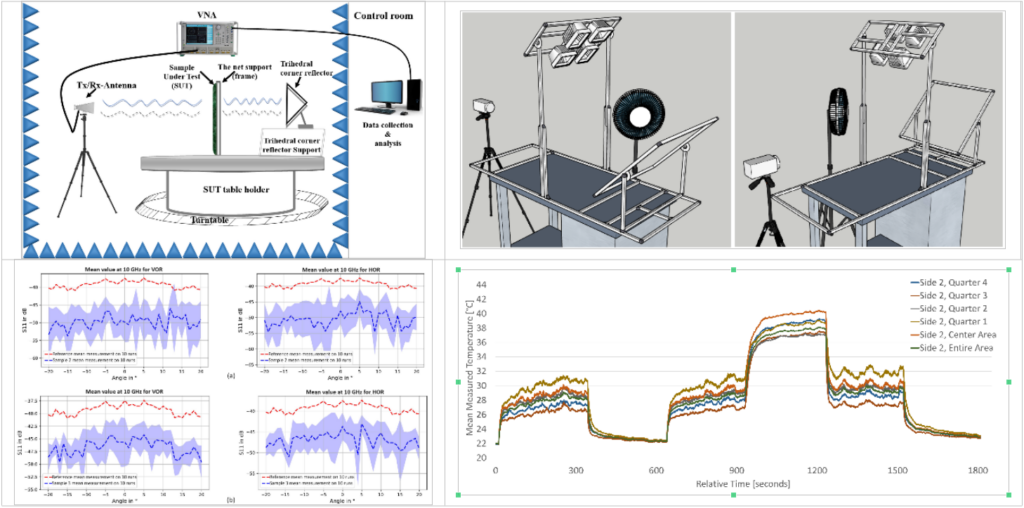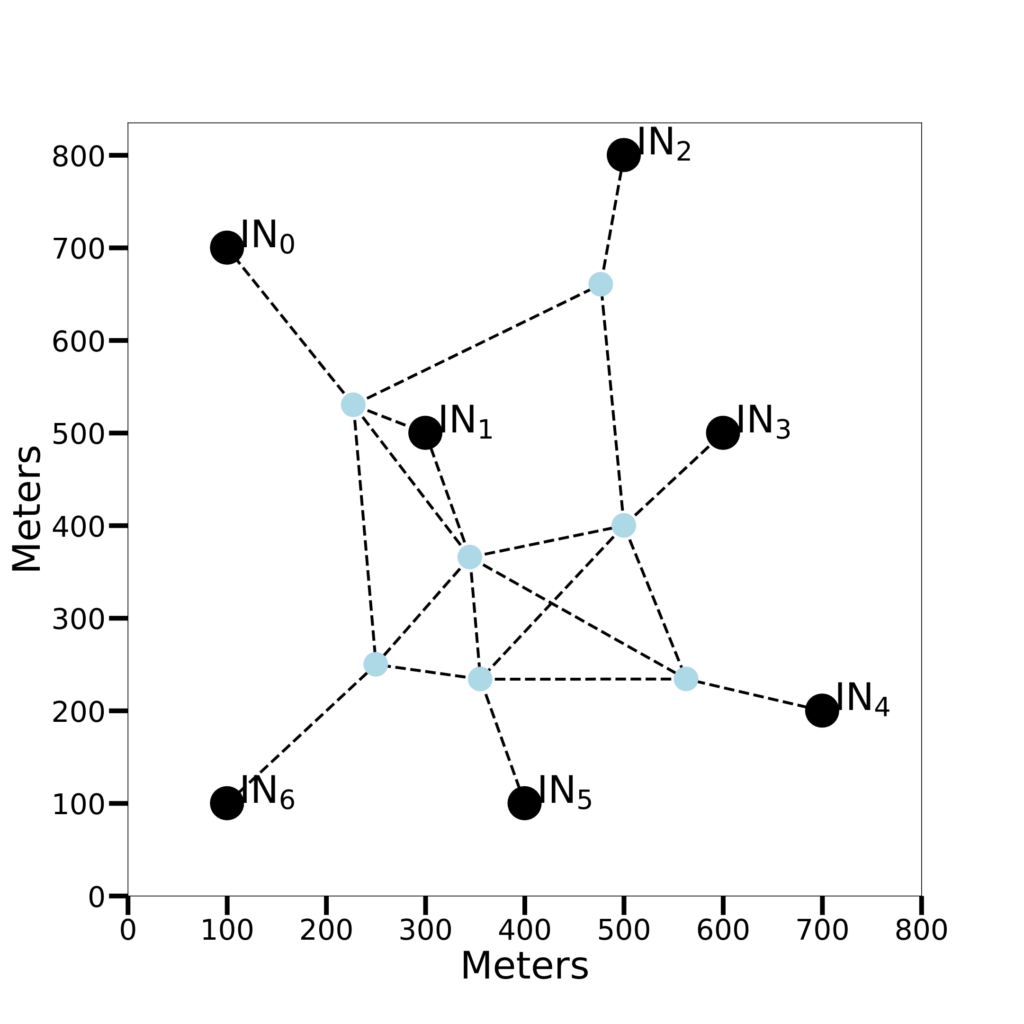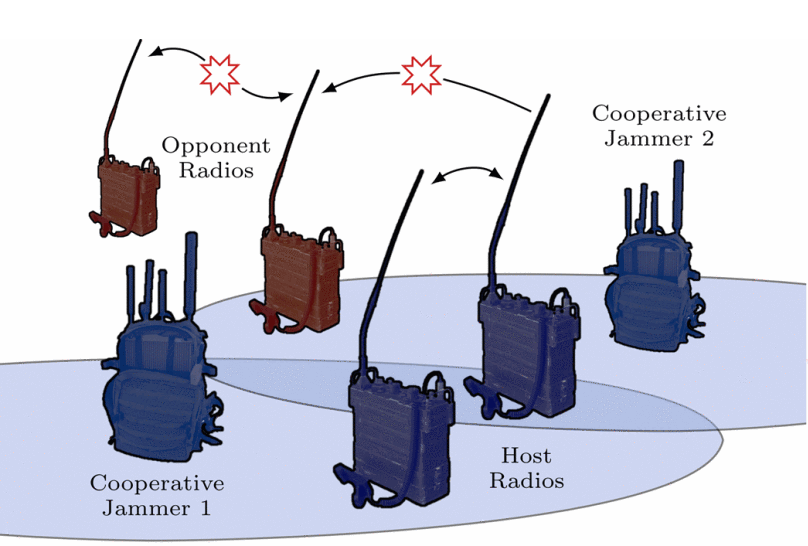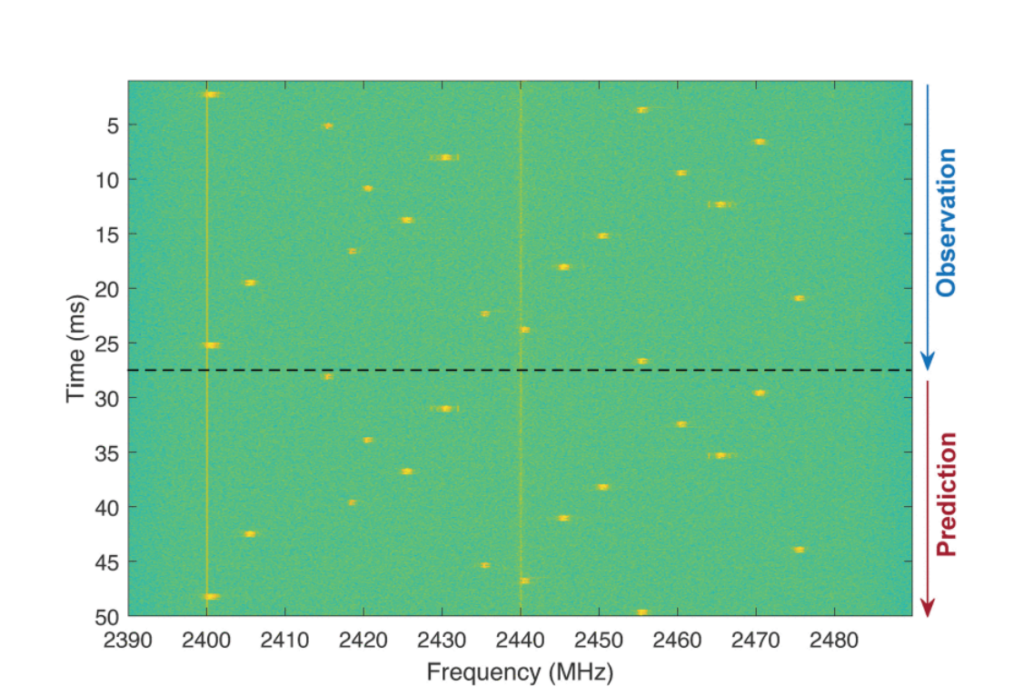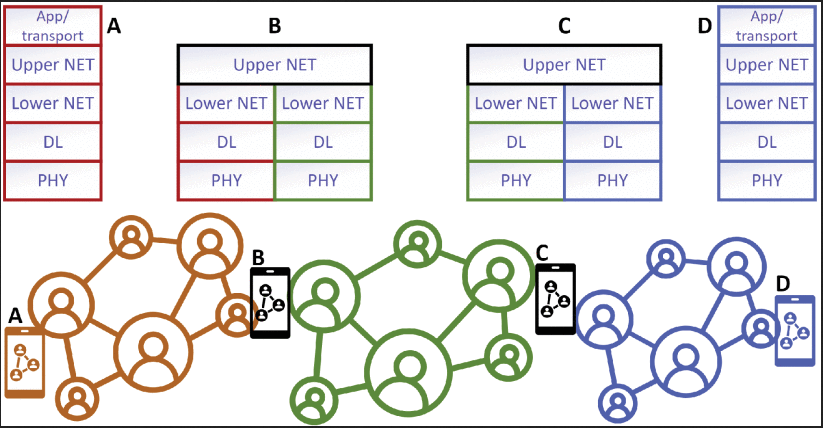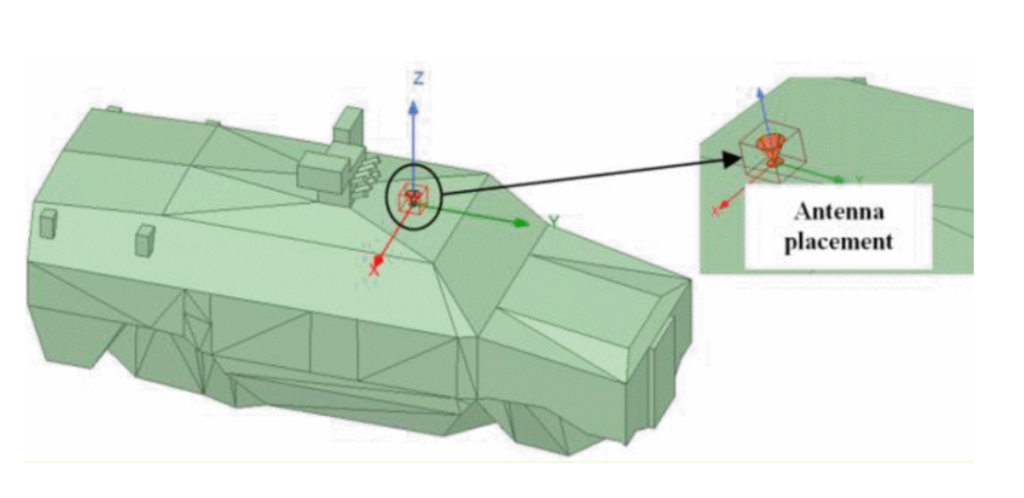News
Measurement campaign for characterization of drone signals in Aveiro, Portugal
Measurement campaign in Aveiro, Portugal, under the scope of NATO IST-SET 204, between October 6 and 10 2025. Several member…
An Enhanced End-to-End Framework for Drone RF Signal Classification
Smart RF jamming relies on long-term spectrum prediction, which requires accurate, high-resolution RF detection and classification over extended observation periods….
Heuristic method for relay node placement in heterogeneous wireless network
Whether it is to initially deploy a network or to restore the connectivity in a partitioned one, the question of…
Follow up field measurements for UAV-aided Networks
During these follow up field measurements, conducted in collaboration with the Belgian Defense’s 10th Group CIS, we were able to…
Wideband Cooperative Jamming with Band-Limited Known-Interference Cancellation
Secure and reliable communications are vital to defense forces in achieving operational goals. Likewise, limiting the opponents’ capabilities to communicate…
Field Tests for UAV-aided Networks
Using UAVs as relay nodes offers some advantages in terms of deployment speed, 3D adaptability and line-of-sight probability. Field tests…
A Multispectral Camouflage Net Evaluation Capability
The need for standardized guidelines and common evaluation techniques for assessing camouflage nets represents a challenge for the military operational…
UAVs as Relay Nodes: Positioning Method for Heterogeneous Wireless Networks
In scenarios where Relay Nodes (RNs) need to be deployed to restore the connectivity of a partitioned wireless network, a…
Distributed Cooperative Jamming with Multi-Reference Known-Interference Cancellation
Secure and reliable tactical communications within allied defense forces across a battlefield are often fundamental for achieving the forces’ operational…
Spectrum Prediction for Protocol-Aware RF Jamming
Neutralizing a drone using a protocol-aware RF jammer requires precise knowledge of the occupied spectrum in the time and frequency…
Dynamic Spectrum Management and Routing Solutions for Multi-Radio Mobile Ad Hoc Networks
The electromagnetic spectrum’s scarcity, the tactical edge’s dynamic nature, and the variety of tactical operations impose challenges to military cognitive…
Assessment of the Antenna Mounting Location on a Military Vehicle for Jamming Applications Based on Computational Electromagnetics
The placement of an antenna on the roof of a military vehicle-mounted jamming system presents many challenges. For that, further…
